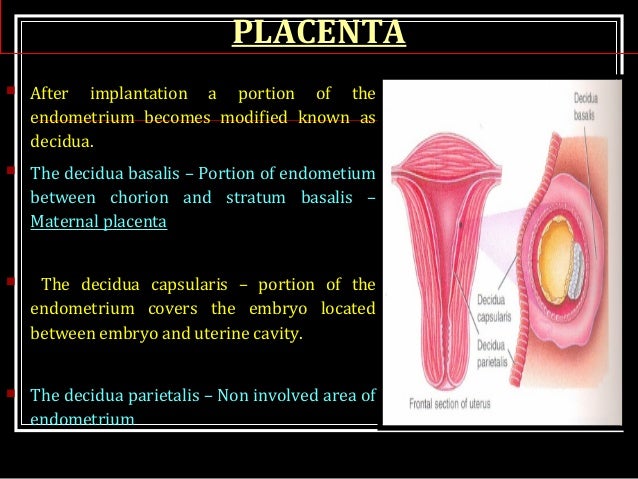

Note: Using prostaglandin E1 (misoprostol) to treat a retained placenta can be a cost-effective option.

Under this method, a curette is used to remove the placental debris from the uterus through scrapping (11).
#Retained placental fragments lactation manual#
Curettage: In the case of placenta accreta, manual removal is done partially, and curettage removes the rest. In this case, your doctor will gently pull the umbilical cord to help rid the body of the placenta (10). Controlled cord traction: This is performed when the placenta is separated from the uterus, but is still not able to come out. You will require more intravenous drugs after the manual placenta removal for the uterus to contract (9). The practitioner will then place her hand inside the uterus to remove the placenta. You will also get a local anesthesia, either spinal or epidural i X A type of anesthesia employed in pain management during labor and childbirth. She will insert a catheter to empty the bladder, and give you intravenous antibiotics to prevent any infection. Manual removal of placenta: Your doctor performs this either in a delivery room or operation theater. If the above doesn’t work, you may go for further treatments. In case the placenta doesn’t come out even after managed third stage, your doctor will give you another oxytocin injection and also inject saline into your umbilical vein to expel the placenta. Related: 6 Functions Of Placenta During Pregnancy And Placental Problems






 0 kommentar(er)
0 kommentar(er)
